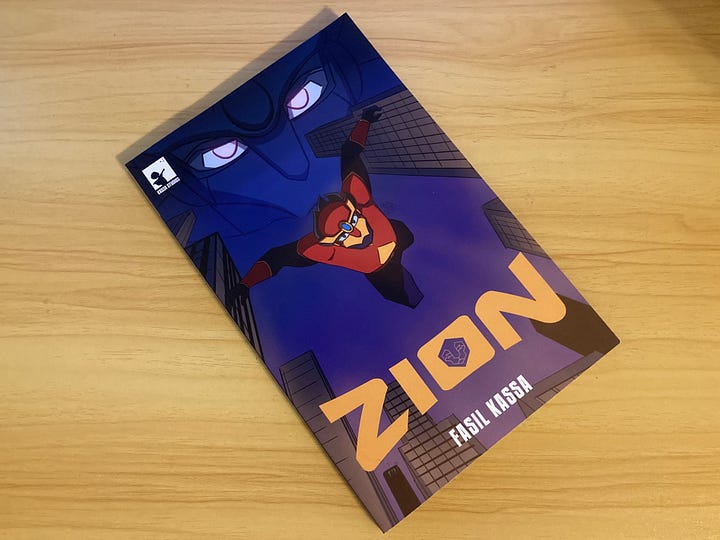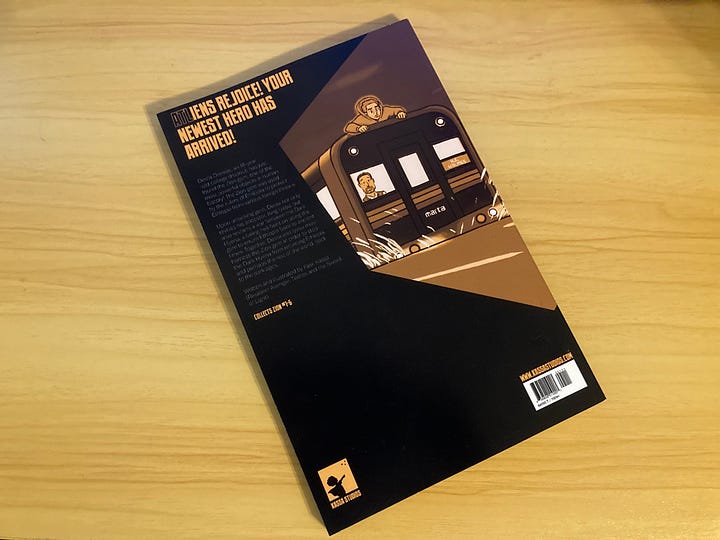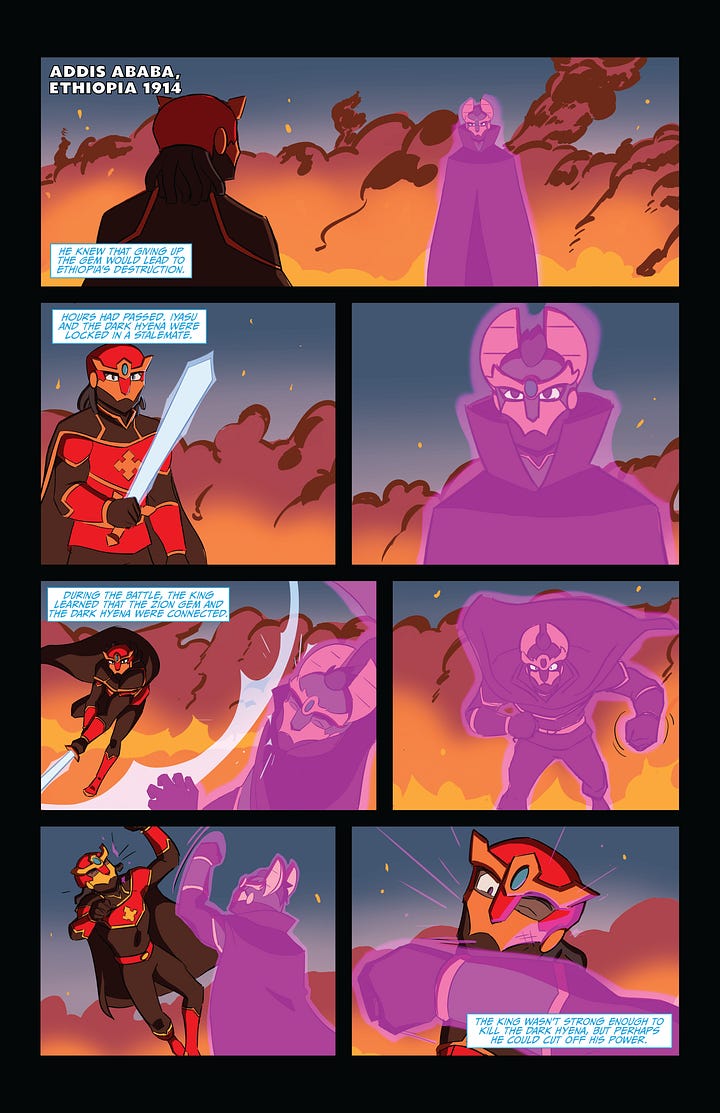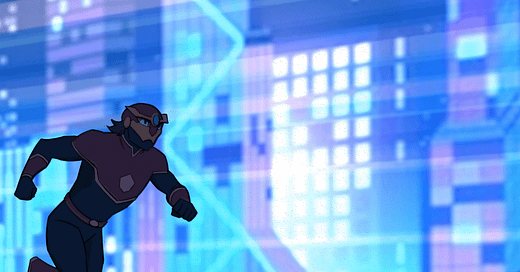Hey y’all!
If you’ve been following my work for the past few years, you might have noticed some animated videos popping up from time to time, mainly focused on Zion. Back in college when I first came up with idea of Zion, it was going to be an animated cartoon. But as I tried to figure out how I was going to animate it and what the story was going to be, I soon realized I was way in over my head.
Diving into Animation
Zion as a graphic novel is 132 pages and has roughly 800 drawings. Depending on the frame rate, a single second of 2d animation can range from 12 to 24 drawings or frames (12fps or 24fps) or 720 to 1,440 fps per minute. So imagine how much work it would take to create an 11 minute or 22 minute cartoon!
This was around the time when I started creating comic strips for my school newspaper. Based on my current skill set, I figured turning Zion into a comic book would be a more realistic goal. While I was working on the comic, I always had the goal of making Zion feel like an animated movie that you just happened to be reading, with expressive characters, a cell shaded art style, and anime inspired action. I made it so if you took away the thought balloons on the page you could still figure out what the characters were feeling and experiencing.


The graphic novel would serve as my storyboard to eventually translate Zion to animation. Since finishing the book, I’ve been testing out how animate Zion using different scenes from the story. These animations are closer to an animatic or a motion comic with limited animation but with the same rendered look of the book. For example, I was working on the flashback scene with King Iyasu and the Dark Hyena from the 1st chapter. Here are the pages as they are in the book.


The Scene: Zion vs The Dark Hyena



First, I separated the art into individual layers in photoshop - the characters in the foreground on one layer, the background on the another and exported each layer as a single image. I imported the individual images into After Effects and organized the images belonging to the same panel as separate compositions (or shots).
Then I made a main composition with the individual shots compiled together to make the scene. With a lot of these shots, I just animated what was there with simple zooming and panning techniques. But for more impactful shots, I added some special effects in the background and more detail to give context of where the characters were and what was happening.
Doing this has allowed to me to see the gaps in the visual storytelling of the scene and say, “I need to add another shot here to connect the action from the Dark Hyena’s punch to his uppercut” or “I need to add an extra close up of King Iyasu’s face as he sees the giant ball of energy coming towards him”. What works in comics doesn’t necessarily work in animation.
Animation vs Comics
That is one of the main differences in storytelling when comes to animation vs comics. With animation, you’re showing everything you want the viewer to see in real time, through one screen. Let’s say you have a scene with a person going to the kitchen to make some coffee. If you were animating the scene, you’d have the camera follow the character walking to the kitchen to make the coffee. If it was a comic, maybe you’d show one panel of the person going to the kitchen and another panel of them making the coffee, but that’s it. With comics, you’re not showing every single movement that a character is making with each panel. You’re just showing the main actions to help the reader get the gist of what’s happening. If you do it right, the reader can fill in the gaps in between.
Back to the drawing board!
-Fasil





